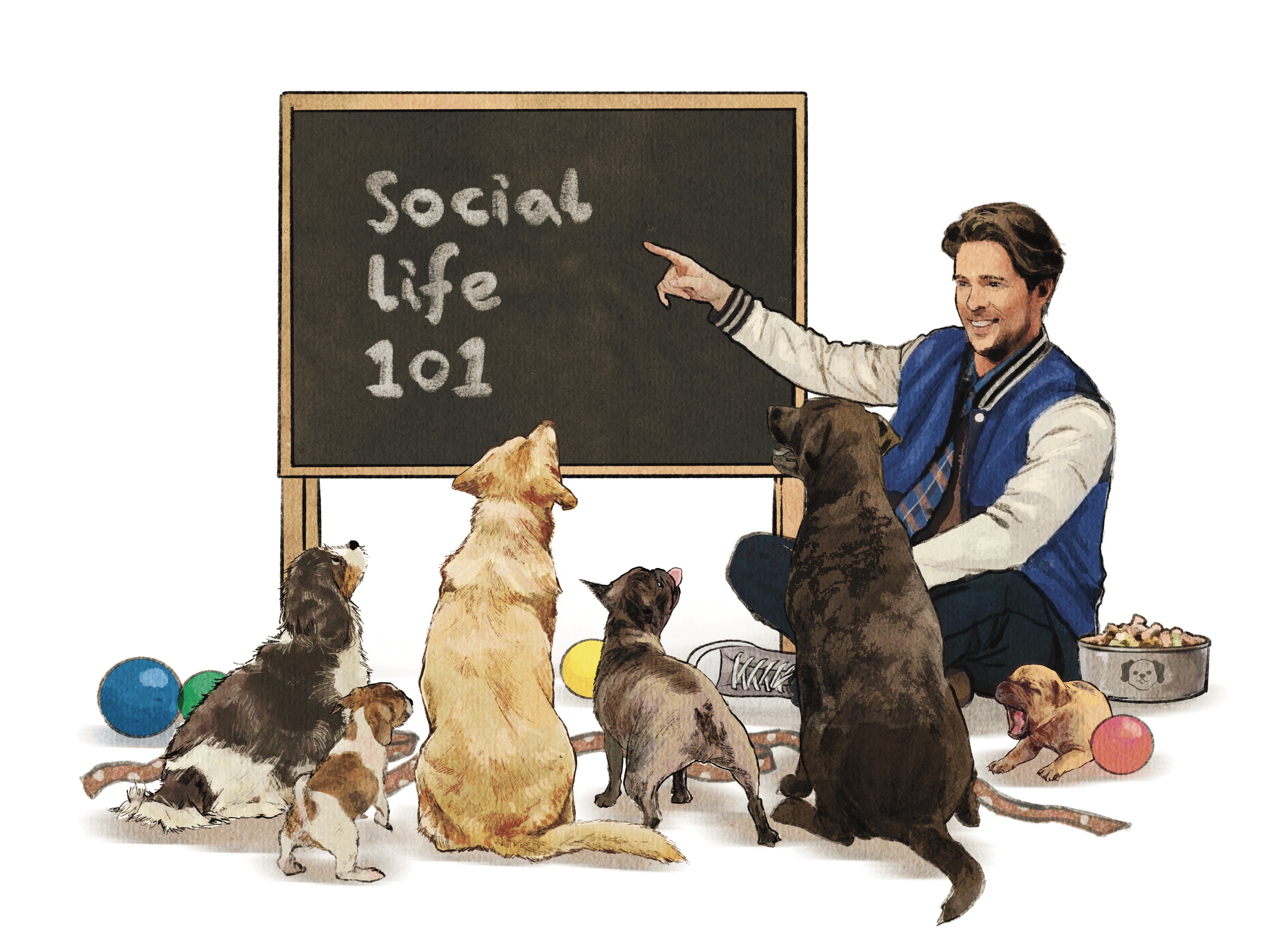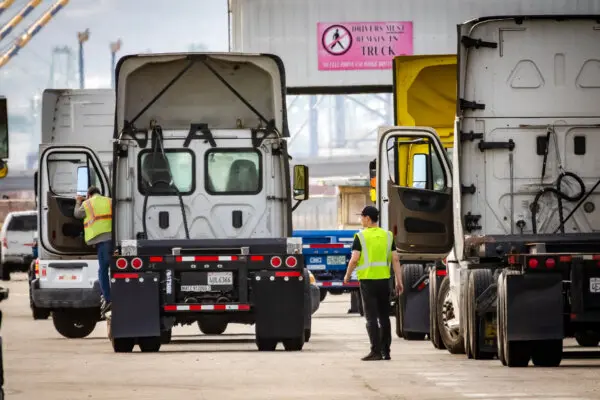Everyone loves a friendly dog; although some dogs are born that way, others need a little bit of assistance opening up and being comfortable around people and other dogs.
“One of the most important things you can do to ensure a happy, well-adjusted dog is to work on its social skills,” Steve Smith of Otter Tail Kennels told The Epoch Times. He explained that a well-socialized dog is easier to housebreak and crate-train and is a more confident, adaptable, and teachable pet.










